
As a beginner plant owner, I was so terrified of drying out my houseplants that I would cavalierly water them every day, no matter the species or the season. In retrospect, of course, I was overwatering, but that’s a story for another time. Imagine the expression on my face when I saw white and yellow bubbles growing in my houseplants, one after another.
Some of the bubbles would pop, and others would grow into yellow mushrooms, yuck! Understandably, I was terrified, and if it’s the first time you see these fungus balls or mushrooms pop up seemingly out of nowhere, you may be as well. Fear not, these mushrooms will not harm your plants, but you may want to tread carefully, as they could harm dogs and young children.
Here’s what you need to know about mushrooms growing in the soil of your houseplants or garden.
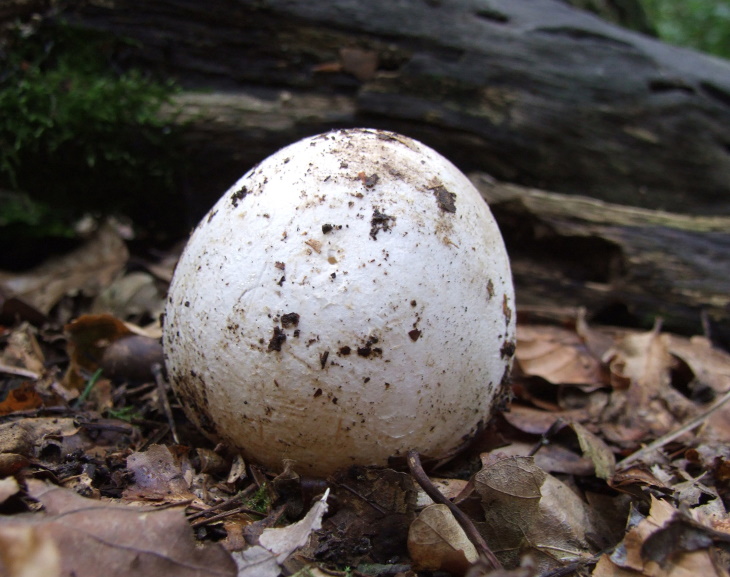
Chances are, the mushrooms you now see appearing have been growing and developing in your soil for a long time. Mushrooms develop from tiny spores that must have been there in the potting or gardening mix when you purchased them.
From the tiny spores, the mushroom grows into an underground mass called a mycelium, and the aboveground mushrooms we all see and recognize only appear occasionally, and are referred to as fruiting bodies. This usually happens when the weather is hot and the soil is rather wet, which explains why I started seeing mushrooms appear in the soil of my plants when I was overwatering them. Mushrooms also tend to appear in the garden when the humidity increases, so you’ll frequently see them pop up after a summer drizzle.
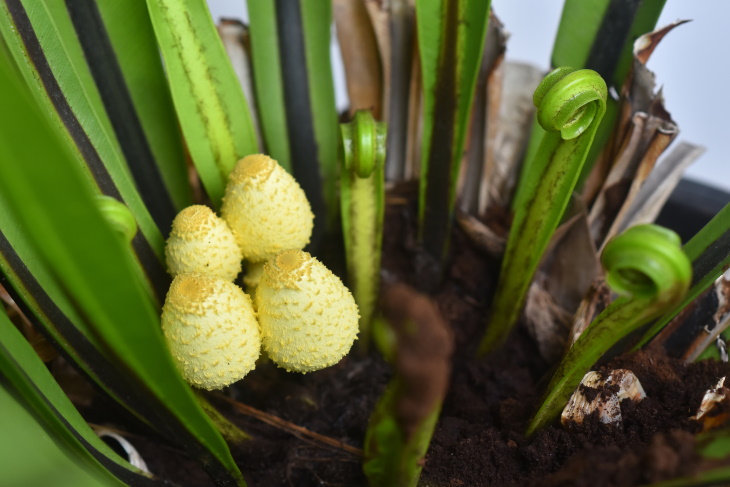
These visible mushrooms appear to spread spores and multiply, so removing them from the soil as quickly as you can is a good idea. Some mushrooms can also be poisonous when ingested, so make sure to remove them if dogs or kids have access to infected potted plants or areas in the garden.
That said, the majority of mushrooms growing among plants will not harm the plants themselves. As Dr. Greg Mueller, a mycologist from the Chicago Botanic Garden told RD, “I call mushrooms nature’s recyclers,” alluding to the fact that the underground part of the mushroom actually decomposes dead material and turns it into nutrients for your plants. So, in most cases, if your plant is dying, it's for a different reason.
The only exception is when you notice that your plants have started to appear weaker and smaller, and there are mushrooms nearby. This means that the fungus has expanded so much that it started pushing out the plant.
Related article: How to Identify and Manage 10 Common Plant Diseases
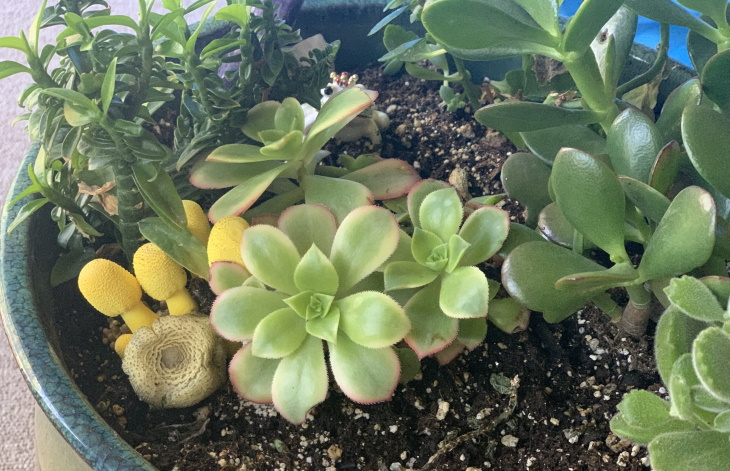
Pick the mushroom by wrapping it in a damp paper towel and a plastic bag. Bring the dog and the mushroom to the veterinarian, as even some mushrooms that are not poisonous to humans are dangerous to dogs. You can take a photo of the mushroom from all angles if you’re not willing to touch it.
First and foremost, avoid using packaged fungicides. These products do not work against ordinary mushrooms, only fungal diseases like mildew, but they will damage the beneficial organisms in your soil.
Instead, just pluck the mushrooms and scale down on the watering. If you want to eradicate the underground part of the mushroom, follow these tips:
1. Dig up the mushroom, including the underground parts you see.
2. Seal the mushroom in a plastic bag to prevent the spread of spores. Throw away the bag.
3. Fill a spray bottle with water and add a few drops of dish soap. Spray this liquid on the affected area to kill any traces of the fungus.
To prevent a fungal problem in your garden, make sure to clean away any dead foliage or decomposing matter from the soil. You can also water plants more sparingly to essentially dry out the mushrooms.
In severe or recurring cases, simply repotting the plant in fresh soil will do. Make sure to sterilize the pot in boiling water before you repot.
H/T: RD
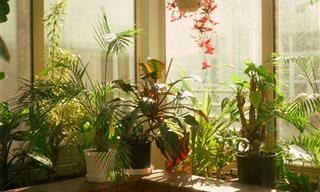
How to Start a Garden on a Windowsill
No green thumb is needed for this simple gardening project.
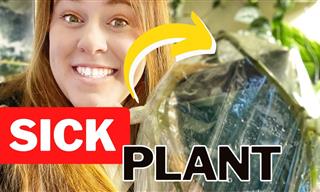 6:33
6:33
Do This to Revive a Drying Houseplant
Whenever one of your houseplants suddenly looks ill, do this trick.
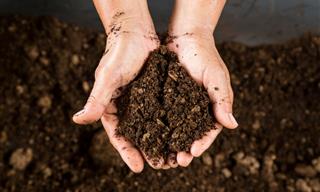
An Express Guide to Plant Fertilizers
There are 4 main types of plant fertilizers, but which one’s best for your garden?

These Long-Living Plants Will Live in Your Home for Years!
Curious to find out the life expectancy of your potted plants? Listed here are 12 common indoor plants that will beautify your home for decades.

You’ll Be Swept Off Your Feet by These Pretty Pink Plants!
If you love the color pink, check out these 11 indoor plants, you’ll be swept off your feet by these pretty pink plants.
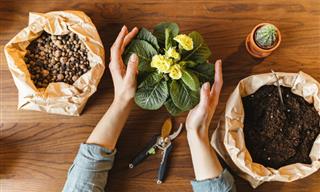
Potting Soil 101: How to Take Care of Various House Plants
In this article, we’ll explain what makes a good potting mix, break down different types of soil ingredients, and offer a few custom soil mix recipes.
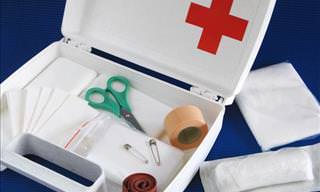
In Case of an Emergency, Keep These 14 Things In Mind
These are essential items for your family emergency kid recommended by the American Red Cross and FEMA which will help protect yourself and your family during an emergency.

62 Great Uses For Things You Have at Home!
If you keep finding random objects around your house such as rubber bands and old clothespins, don't throw them away just yet!
 11:42
11:42
The Ultimate Summer Life Hacks Explained
Dive into these essential hacks to elevate your summer experience!

11 Fantastic Methods for Removing Those Grease Stains!
Grease stains can be notoriously difficult to remove, but that will be a thing of the past if you use these 11 fantastic grease-removal methods.

Watch: A Simple Breathing Technique to Reduce Stress
This is a slow breathing exercise which works wonders for those anxiety-filled situations you just can't control.

Life Tips: How to Take Back Control from Unbearable People
Are selfish people driving you up the wall? This handy guide will help you to identify a selfish person, and show you how to effectively deal with them.

8 Reasons You Shouldn't Worry If You're Going Bald...
Although for many men, going bald is their worst nightmare, it's actually associated with numerous advantages. Here are 8 to lift your spirits.
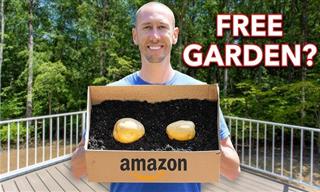 17:05
17:05
Unusual Gardening Idea: Potatoes in Cardboard Boxes
Never knew growing potatoes at home was this easy!
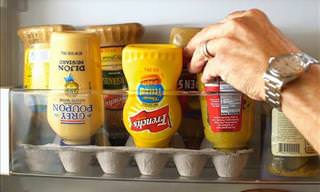
17 Organizing Hacks You Will Actually Use
Get more organized at home with these effective and cheap organization hacks.

Spot the Signs of Hurry Sickness and Start Slowing Down
Many of us don’t even realize the toll “hurry sickness" has on our lives. Here's how you can cope with it.

Color These Mosaics Your Way – Coloring Pages for All Ages
. If you already have some colored pencils or markers in various shades, you can print out the following 20 coloring pages we’ve collected for you here.

Reading Lessons from Einstein and 5 Other Famous Figures
Reading was one of the reasons why these 6 historical figures are recognized to this day. Here's what they can teach you about becoming a better reader yourself!

Avoid Getting These Items Wet When You’re Cleaning Them
If you’ve ever cleaned your jewelry, gas stovetop, or leather shoes, or contact lenses with water, you need to read this article.
 3:58
3:58
Impress Your Friends with This Magic Square Party Trick!
The trick is actually pretty simple. Try it out for yourself.
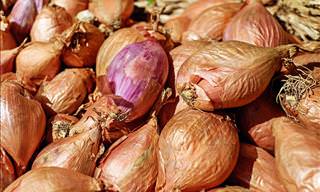
15 Unusual Uses For Onions That Won't Make You Cry
Onions are pretty amazing things. Not only do they make cooking taste much better, they also have 15 surprising household uses. You've never seen these before!

How to Clean Those Ugly Water Spots from Your Car
Ugly water spots on your car are a real nuisance. But if you know what to do, getting rid of them isn't too tough. Here are several effective tips.

Weeds Stand No Chance Against This Fantastic Weed Killer
How does a practically free, home-made, all-natural weed killer that's kind to the environment sound? Amazing, right? Here's how to make your very own.

Does Alcohol Decrease or Increase Physical Pain?
Does alcohol decrease physical pain or does it make us feel it even stronger?
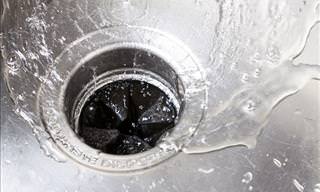
Keep Your Garbage Disposal Clean with This Neat Trick
If your sink's garbage disposal has started to smell, this is how you can eradicate it.

Make your Silverware Sparkle with these 8 Tricks!
We love our silverware sparkling and shiny, but sometimes they get grimy and dirty. With these 8 brilliant tricks, you can restore it to its former brilliance.

These 21 Common Household Items Are Toxic to Your Dog
Is there anything in your home or yard that could be poisonous to your dog? Read this list of 21 household items toxic to dogs to find out

What NOT to Do When Buying a Used Car – 8 Tips
Buying a used car? Make sure don’t make these mistakes.

Make the Most Out of Your Closet Space With These Top Tips
Do you feel like screaming every time you open your closet door? These 7 cost-effective tips will help you get all the space you need!

Wearing Sunscreen? Pay Attention to These 7 Critical Areas
The next time you are heading out into the sun, make sure you cover these vital spots of the body with sunscreen.
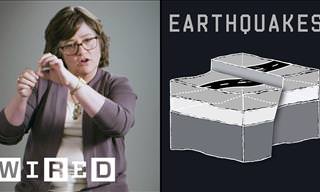 14:08
14:08
Can Animals Truly Predict Earthquakes?
Seismologist Lucy Jones debunks popular earthquake myths and tells how we can really prepare before a big earthquake hits...

These 12 Simple Actions Will Keep Your Mind Sharp
The brain, the most important organ in our bodies responsible for countless actions, sometimes needs a little help, here are 12 unique ways to help it.

Surprising: 8 Herbs That Will Do Wonders For Your Pets
Herbs are used to prepare a variety of delicacies, and it turns out that their many health benefits apply not only to humans but also to animals!
 23:37
23:37
Tutorial: How to Slice EVERY Type of Fruit!
Learn how to slice over 30 different fruit through this easy and fun tutorial video.

Men vs. Women: 15 Things Each Do that Annoy the Other
Are you guilty of doing these annoying 30 things to your partner?

Sparklers Are Safe for Children, Right? Think Again
Every year, thousands of people are injured due to unsafe conduct around fireworks. Here are tips to safely use recreational pyrotechnics.

Surprsing Ways to Stay Happier in 2025, Backed By Science
This year, instead of resolutions, give time to your mental health...

Booking a Vacation? Watch Out for These 7 Online Scams
Booking your getaway? Keep it scam-free with these tips.
 29:09
29:09
What Dentists Don’t Always Tell You About Flossing
There’s a lot more to flossing your teeth than you were told...
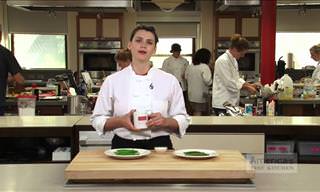 1:46
1:46
3 Smart Tricks You Can Do With Salt
Learn three really smart tricks you can use salt for when cooking.
 42:43
42:43
Learn How to Master the Art of Chopping Every Vegetable
Watch this useful guide to learn how to chop almost every kind of vegetable in your kitchen with ease.

This Japanese Massage Technique Has Some Terrific Benefits
All you need to know about the Japanese massage art of Shiatsu

6 Home Ingredients You Can Use to Clean Your Carpet
Got a carpet stain? Forget the dry-cleaners, try one of these methods instead.
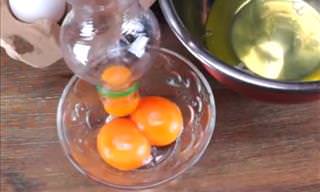
This Is How to Separate Egg Yolks: It's So Easy!
Whenever I've tried to separate egg yolks, my success rate has been very low, wasting time and eggs. But this video has taught me how to finally do it. Hurrah!
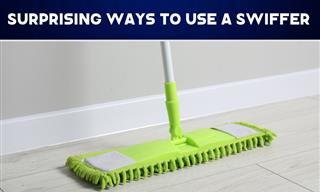
12 Surprising Ways to Use Your Swiffer Around the House
These Swiffer hacks will change your cleaning routine.

Your Old Spices Can Still Work Wonders Around the House
Here are 11 clever ways to use up spices that have lost their zing.

Make a Good Impression on Others In 7 Simple Steps
These 7 fail-proof ways will make a good impression on others.
To enable your Ad-Free Subscription, please fill the fields below
Your subscription was successful, now you can enjoy an ad-free experience!! Note: To make sure you get no ads, please make sure to log in to your account. If you are logged in already, then refresh the page. The subscription can be cancelled at any time.


